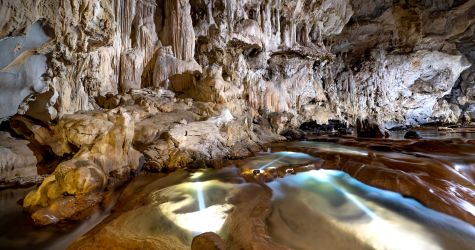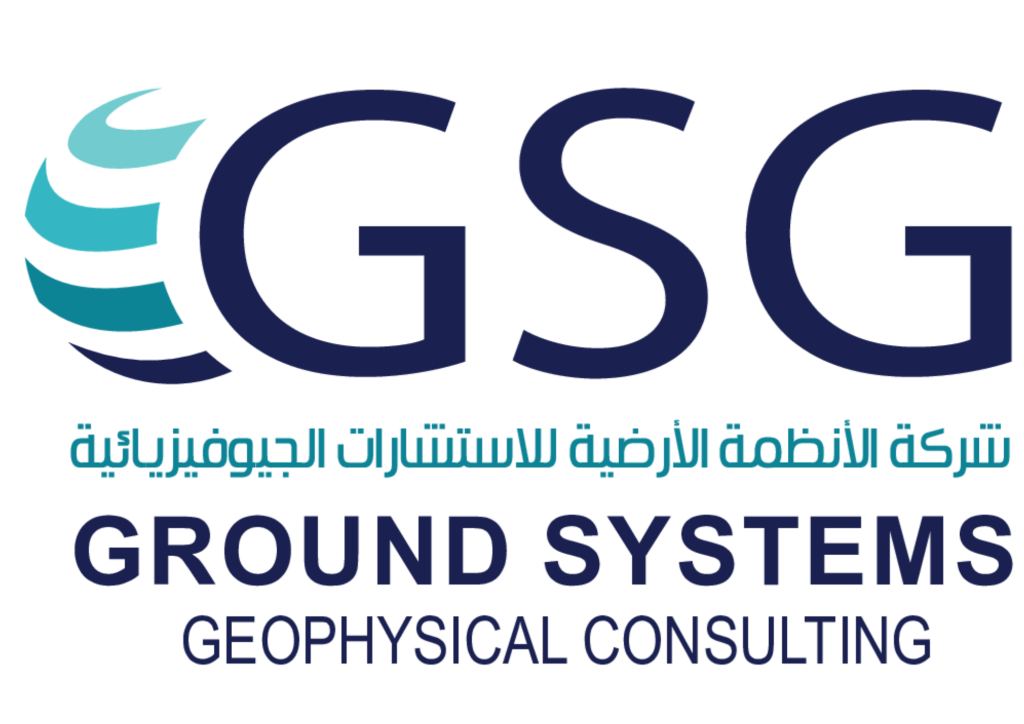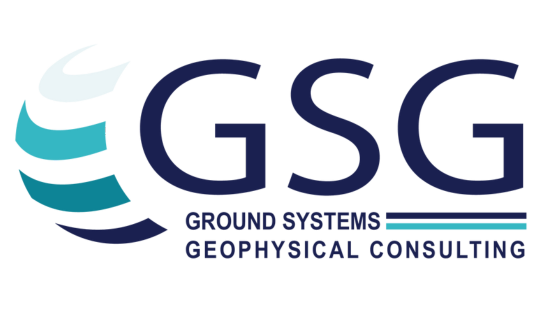
Modern Techniques for Subsurface Exploration
Subsurface exploration has significantly advanced thanks to modern technology. Today, geophysicists and engineers use a variety of sophisticated tools to map, analyze, and exploit underground resources with greater precision and efficiency. This article explores the key techniques employed in modern subsurface exploration.
Seismic Tomography
Seismic tomography is a geophysical method that uses seismic waves to produce 3D images of underground structures.
- Principle: Seismic waves, generated by explosives or vibratory hammers, travel through soil and rock layers. Their speed and trajectory are influenced by the properties of the materials they pass through.
- Applications: Detection of oil reservoirs, seismic risk assessment, and mining exploration.
- Advantages: High resolution and the ability to explore great depths.
Ground Penetrating Radar (GPR)
Ground Penetrating Radar (GPR) is a non-invasive method that uses electromagnetic waves to detect underground anomalies.
- Uses: Mapping underground networks, identifying cavities, and archaeological research.
- Technology: GPR emits radio waves into the ground and measures the signals reflected by various layers or objects.
- Advantages: Suitable for shallow, high-resolution investigations.
Electrical Resistivity and Imaging
These techniques involve injecting an electrical current into the ground and measuring the resistivity of materials.
- Electrical Resistivity: Materials like water, minerals, and rocks have different electrical conductivities, allowing for structural differentiation.
- Electrical Imaging: Produces 2D or 3D views of underground structures.
- Applications: Hydrogeological studies, mining exploration, and pollutant detection.
Magnetometry and Gravimetry
Magnetic and gravity measurements help detect variations in the Earth’s magnetic field and local gravity.
- Magnetometry: Detects anomalies caused by ferrous minerals or other magnetic materials.
- Gravimetry: Identifies density variations in subsurface layers, useful for locating underground reservoirs.
- Advantages: Fast techniques ideal for large areas.
3D Imaging and Modeling
Data collected from various techniques are integrated into advanced software to create 3D models of underground structures.
- Software Used: Geographic Information Systems (GIS) tools and geophysical modeling platforms.
- Advantages: Detailed visualization, resource identification, and planning of drilling or excavation activities.
Connecting Modern Techniques to Environmental Challenges
Modern techniques play a key role in sustainable exploration. They optimize operations while reducing environmental impact through precise, non-invasive methods.
Learn More: Visit GS-GEO to explore cutting-edge solutions for subsurface exploration.



